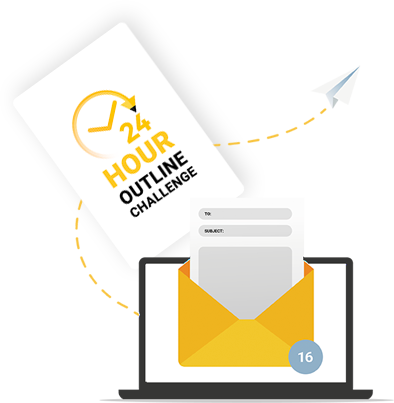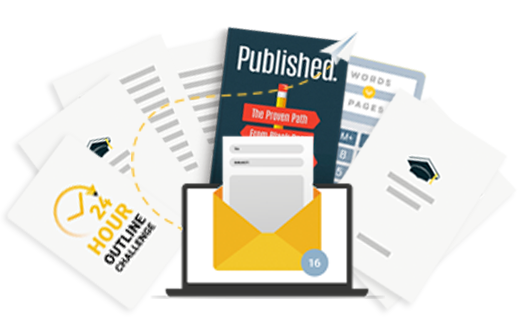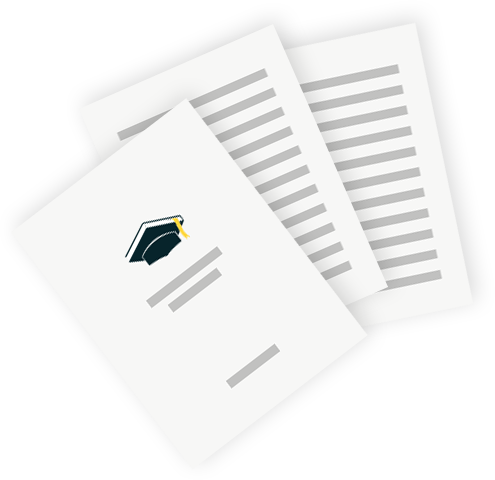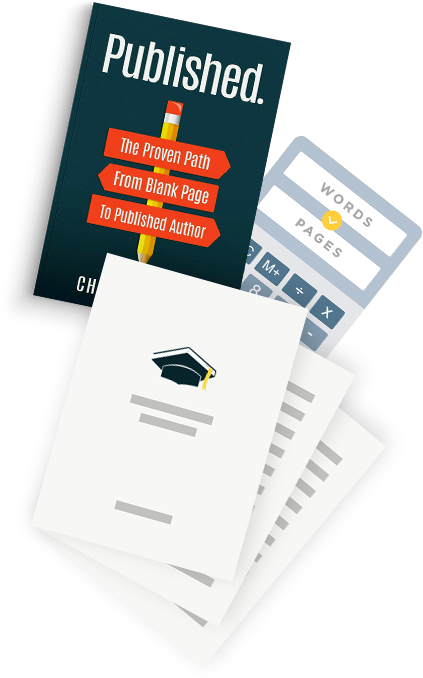If you want to write books, having conflict is an essential part of any story.
Conflict helps drive the story forward and gives the characters in your book something to struggle against, and in doing so, exposes who they are and what they believe.
If you want to include them in your book, you will need to know the main types of literary conflicts.
As much as we all love a good happy ending, stories are good because of the conflicts the characters run into along the way.
We love to see a character fight against the elements they are up against and come out on top (although sometimes the conflict wins). It is a key reason we love stories and read books.
If you want to include a literary conflict (or multiple) in your book, we will be going over what they are, why you should use them, and dive into multiple ones you can use.
Types of Literary Conflicts
What is A Literary Conflict?
A literary conflict is a literary device used to drive a narrative and story forward.
They are the things that your characters battle against to overcome their conflicts. It is the main reason we love to read books and even tell stories as humans.
The conflict in a story is the main thing standing between your main character and what they want. Some books can have multiple conflicts, as well, but there is often one central conflict.
Why You Should Use Literary Conflicts In Your Books
If you want to create a successful book, you will need to find some kind of conflict to include since it is a central part of any book.
When you use literary conflicts with characters, you expose layers of the character to the readers.
You start to learn the deeper meaning behind what characters do, why they do it, their inner reasoning, and what their flaws are. It gives a deeper context into why they are who they are and what they believe.
Plus, having conflicts to overcome gives the reader a reason to stay invested to see if the character can overcome it.
How To Use Literary Conflicts In Your Writing
Before you start writing your story, you should have an idea of which literary conflict you want to include.
You might even choose to include a few different conflicts. For example, you could have someone alone in the woods (character versus nature), who is also being chased by a serial killer (character versus character).
Whatever conflict(s) you choose to use, you will almost have to treat the conflict itself like its own character.
When a character is out in the freezing cold in the mountain and the character is battling the elements to survive, the weather is almost its own character with its own persuasion in the story.
You will want to take the time to outline how the conflict will work in your story and what the character(s) are up against.
7 Types of Literary Conflicts Plus Examples
Now that you know what literary conflicts are, why you should use them, and how to, let’s dive into some central conflicts you can include in your books.
#1 – Character versus self
One of the most popular literary conflicts for writers to use is the character versus themselves.
This also tends to reflects what a lot of us experience as humans moving through the world, so it feels relatable as we read it.
They need to battle their own flaws and shortcomings as they progress through the story. The biggest thing that stands in between what they have and what they want, is themselves.
Examples of this literary conflict:
- Emma by Jane Austen – The main character in this book, Emma Woodhouse, for most of the book refuses to acknowledge that her poor matchmaking choices lead people to various problems.
- Fight Club by Chuck Palahniuk – A true story about a man versus himself as both of the main “characters” are just two parts of the same person.
#2 – Character versus technology
While we all love how much technology can help our lives, there is a fear of what happens if technology becomes too powerful.
This type of literary conflict explores that exact fear and what would happen if that happened. It can be science experiments that have become too powerful, technology that starts to develop a mind of its own, or something else.
Examples of this literary conflict:
- The Strange Case of Dr. Jekyll and Mr. Hyde by Robert Louis Stevenson – In this classic story, Dr. Jekyll becomes obsessed with experiments and pushing it too far until he accidentally creates his own worst monster.
#3 – Character versus nature
If you have ever read a book or seen a movie where some characters are battling against crazy weather, you know exactly what this type of story looks like.
The weather itself is almost its own character, who is pushing against the character, forcing them to fight to survive. Sometimes it can even be a character, like a wild animal who is the central part of the story, like Moby Dick.
Additionally, this can include things like diseases, such as one character battling cancer.
Examples of this literary conflict:
- Hatchet by Gary Paulsen – This story is about a boy who survives a plane crash and must survive in the wilderness.
#4 – Character versus character
Character versus character is probably one of the most common literary conflicts throughout all books throughout time.
This is the hero versus villain story, which has been included ever since stories have been created.
Now, this does not always mean it is the typical “bad guy versus good guy” trope with superheros and epic battles. It can be family battles or divorces, as well.
Examples of this literary conflict:
- Harry Potter by J.K. Rowling – Harry versus Voldemort is the central basis of all of the books.
#5 – Character versus society
There are a lot of ways this literary conflict can be seen. It can come from an authoritarian government, an oppressive system, or societal rules/cultural norms.
This could also include things like systemic racism and systems that are designed to discriminate against people.
Examples of this literary conflict:
- The Great Gatsby – While this book has a ton of various conflicts, a lot of the story is centered around the idea of the different economic classes in society and how they impact people.
#6 – Character versus supernatural
This type of conflict is rooted in the character being in battle with a supernatural entity. This can be ghosts, demons, aliens, or something else entirely.
This literary conflict works well because compared to character versus character, you do not always know what the character is up against or what powers the entity has.
Examples of this literary conflict:
- The Amityville Horror – The famous book that turned into a whole phenomenon across the world. It is about a family who is at war with a possessed house and evil spirits.
#7 – Character versus fate
If you have ever read any of the famous Greek tragedies, you understand the idea of a character versus the ultimate fate ahead of them.
You can also see this idea in many examples around monarchies, since it is the character’s “fate” to be next in line for the throne.
It almost always deals with something inevitable that the character must follow.
Examples of this literary conflict:
- The Lord Of The Rings – by J. R. R. Tolkien – In this book, the main character is in a battle against his own fate of having to take this all-powerful ring into Mordor to destroy it.
Ready To Write Your Book?
If you are ready to write your book, you do not want to miss out on the Writer’s Guide Handbook! Grab your copy:



